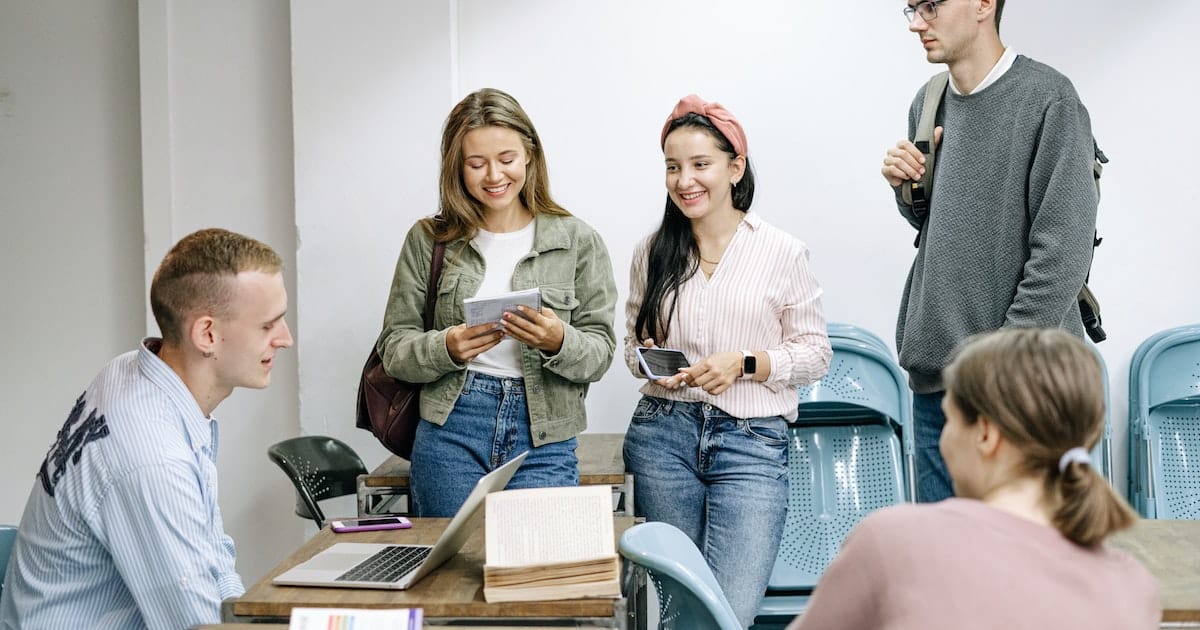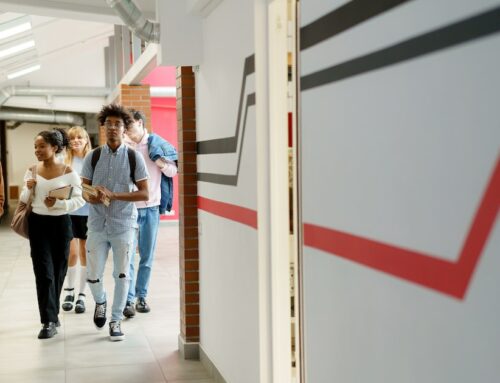A switch turns in a student’s mind when he begins to learn how to learn . You didn’t read it wrong. The learning process is quite subjective, and this means that we don’t always know how to study certain content.
Want to see an example? Have you ever noticed difficulty in learning a subject, even studying through textbooks, while for other subjects, this same type of material was the best way to absorb the content? This shows how our cognitive processes can change depending on the topic being addressed.
This is just one example. The concept of learning to learn goes much further! After all, we are talking about strategies created to identify the methods that work best for your studies.
Want to see some tips to get this off the ground? So, follow this post and see how you can learn more about your own learning process and find the best solutions to study better!
Change of mindset
“I can’t learn Mathematics”, “I’m stupid”, “I’m not good at it”, among other similar expressions are quite common among students, both in primary education and higher education. The problem with this mentality is that it limits learning and affects intellectual self-esteem.
Furthermore, just because someone doesn’t understand content right away doesn’t mean they will never be able to learn it. The same goes for each individual’s learning pace, which is quite subjective.
This is why changing your mindset is the first step to learning how to learn in the best way. This means freeing yourself from limiting and restrictive beliefs. Therefore, when faced with a challenge when studying certain content, it is important to look for alternatives to finally master it.
Stimulating creativity
This brings us to a very important point: creativity. Using different ways of studying helps you find the one that works best for a specific subject. Here, you can be as bold as you want.
The important thing is to innovate to test different materials, methods, times, study locations , among other strategies, until you identify the best solutions for your learning.
Understanding the brain
Do you know what else can help you learn how to learn? Understand how the brain works. After all, cognitive processes take place inside this large organ full of neurons, which connect, forming the famous synapses.
It is through them that information is conveyed from one region of the brain to another. These mechanisms occur in a matter of milliseconds, and happen all the time, simultaneously, in our mind.
Therefore, when you are studying certain content, several areas related to the nature of that subject — for example, logic or language — are activated. Therefore, a greater number of synapses occur.
Also, take note of a very important concept about the brain: neuroplasticity. This term refers to the ability of nerve cells to adapt. It is through this phenomenon that learning occurs.
Thus, the more you have contact with certain content, taking notes, reading and reviewing the material , the more often the brain areas related to that subject are activated. This stimulates the neuroplasticity process, so that the work and time required to reactivate these places whenever necessary is reduced — this is where memory comes in.
Learning in new ways
If you thought that to master new content you always needed to use the same strategies, you’ve already realized that this isn’t exactly the path, right? After all, there are different ways of learning.
Therefore, it is not necessary to always sit down to watch a class or read a book when you want to study a topic. In fact, it’s worth varying the content formats to learn better.
For example, podcasts are study strategies and can be listened to at various times of the day, such as on public transport or while carrying out household chores. Another example is documentaries, which can be watched in free time. Ultimately, the study methods are varied, and it is up to you to identify the ones that most catch your attention.
Use of concentration techniques
Attention is a fundamental requirement for learning. You will hardly be able to study content well when you need to share your attentional resources with other stimuli, for example, reading a book while listening to a podcast.
Not to mention that it’s very easy to get distracted after long hours of studying, or to procrastinate when you don’t have much energy. For these reasons, the use of concentration techniques is so important.
The Pomodoro method, for example, helps you create small blocks of attention, lasting around 25 minutes, interspersed with periods of rest lasting approximately 5 minutes. This helps to improve concentration, mainly by knowing that it will not be necessary to take a long time to focus on the same activity .
Another interesting technique is interleaved study. Learning the same subject over several hours can also lower your productivity and concentration. Therefore, it is interesting to alternate between different subjects during a period.
Discovering the most productive period
Did you know that each person has a window of time in which they are most productive? The tip here is to find the moment when you feel like you can concentrate better and are more willing to study.
Some people like to take advantage of the morning to learn new content, as they haven’t yet spent energy on other daily activities. There are also those who prefer the afternoon, after completing all the tasks scheduled for the day.
There are even those individuals who are more productive at night or early in the morning. This is because, at these times, there are generally fewer stimuli that can cause distraction and more silence.





